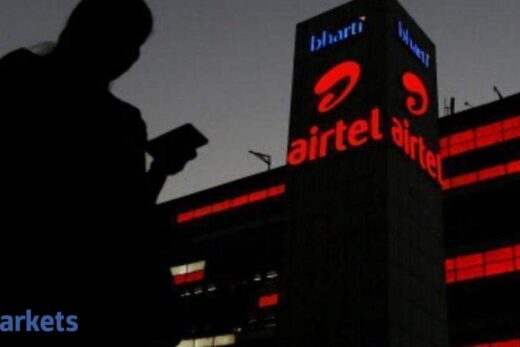is revising base tariff plans for prepaid customers. We are also hearing that perhaps the government is going to look at various measures to ensure that some kind of relief can be provided even as Vodafone is planning to file a review petition in the apex court to lower the AGR dues. How are you viewing some of these announcements? What could it really mean for the telecom sector?
The important announcement here is the upgraded pack sizes for the Airtel prepaid segments. I can gather that they have decreased the prepaid pack size from the minimum rate to around Rs 78-79 which is a significant upgrade. Another important factor here is what it means in the overall context of revenues as well as ARPUs.
First of all, two things will happen. There will definitely be a bump up in revenue. That will depend on the kind of churn that we might witness but ARPU can increase by 3- 4%.
Secondly, revenue increase probably may not be to a great extent because there could be a bit of churn and some of the lower end customers might get weeded out and those who are using multiple SIMs might use only one SIM and that is another action that might happen. But overall, all these actions will mean that the EBITDA for the sector is going to improve. So multi SIM usage is going to reduce but in the short term, there will be churn.
ET Now: Now that AGR ruling is out, what does this mean in terms of what the sector has to pay? They have started to take hikes in post paid rates too. They are hiking prepaid rates. Do you think a trend is changing or is it very difficult to say?
Naveen Kulkarni: I believe the rate hikes and the AGR rulings are completely different aspects of the equation. One needs to see what is happening in the business. We know that costs are going up across the board. It is not just because inflation is high. There has to be a bit of hike. The telecom companies are providing more value to the customers by increasing the pack sizes. That is one part of the equation.
The other part of the equation which is the AGR ruling, is a different set of matter. This issue has been there in the system for a fairly long period. Right now, the court verdict is very clear and they have to pay up. Whether there was an expectation that the outgo will be lowered or not is something which remains to be seen. Going ahead, payment of AGR dues seems to be on course. The rate hikes were due for a long time and we are starting to see some action on that front.
Is this really in that sense a beginning of a turnaround for the telecom sector?
Every year we talk about the turnaround of the Indian telecom sector. It is a highly concentrated space. There are only three major private players and the other players do not have a significant market share. The two large players — Bharti Airtel and Reliance Jio — are both in a very healthy position in terms of their business profile, market share and the kind of revenue growth that they are witnessing on a sequential basis.
The third player — Vodafone-Idea — is in a weak position. We know the challenges that the company faces. Whether the company will be able to pull through this thing is something which remains to be seen because a lot of things have to happen but overall from a business perspective the tariffs in the Indian telecom industry are very low and have to go up for all these businesses to make a certain amount of return on equity.
So, to some extent, this is the start of a cycle but we know that tariff hikes tend to be more lumpy in nature. They come probably once in a year or two and they stay there. I would say that this is an important step that Bharti has taken. Whether it is the start of a major cycle is something that remains to be seen. I will probably wait a few months to see how the tariffs have an impact on the market and if there will be further tariff hikes.



